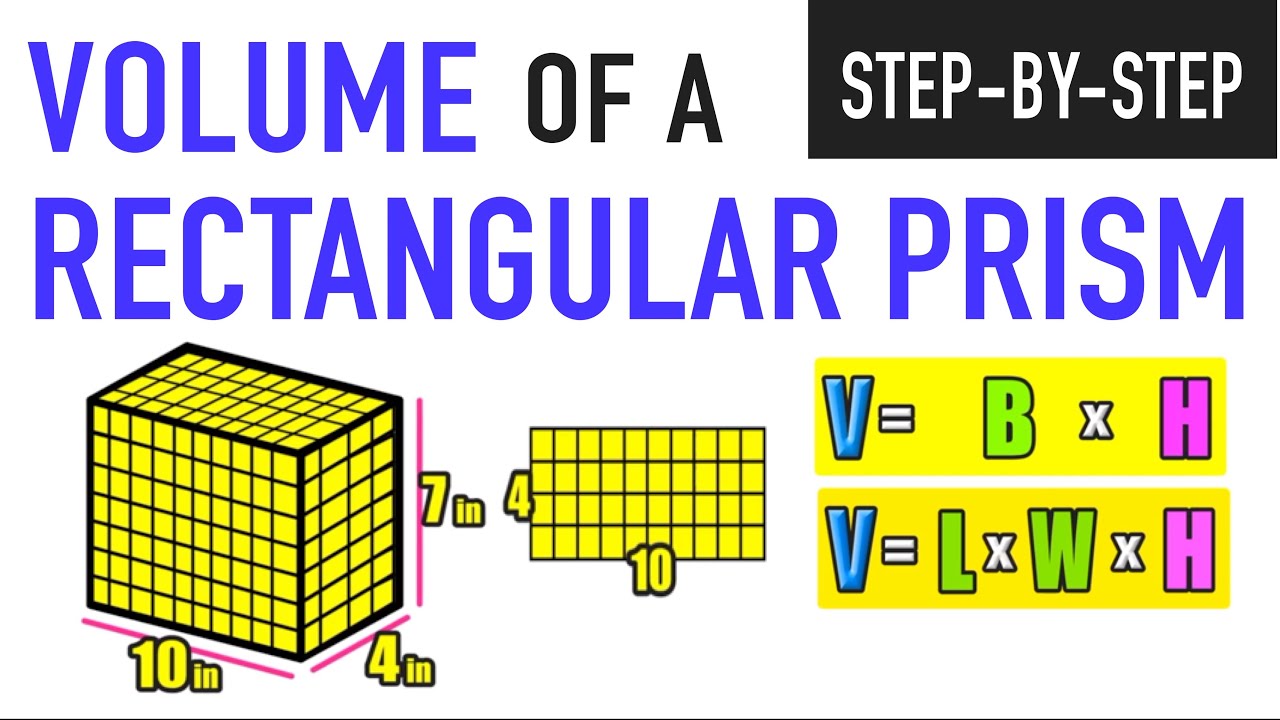Top 5 Ways to Understand How Long Sertraline Takes to Work
Understanding how long sertraline takes to work is crucial for individuals seeking treatment for anxiety, depression, or other mental health disorders. This selective serotonin reuptake inhibitor (SSRI) is commonly prescribed due to its effectiveness in improving mood and anxiety levels. However, patients often wonder about the timeline of its effects, which can vary based on several factors, including dosage, personal metabolism, and the specific condition being treated. This article will explore the top five ways to gauge the time it takes for sertraline to become effective, ensuring you are well-informed throughout your treatment journey.
Explore the Onset of Action for Sertraline
The onset of action for sertraline is a vital point for anyone starting this medication. Generally, while some individuals may start to notice improvements in their symptoms within a week, it can take up to four to six weeks for the full effects of sertraline to manifest. The onset timing can be influenced by the individual’s unique biochemistry, the severity of their condition, and adherence to the prescribed dosage.
Understanding Individual Variability
Sertraline's effectiveness does not only depend on the medication itself but also on how a person's body metabolizes it. Factors such as age, weight, and overall health can significantly influence how quickly sertraline takes effect. For instance, younger patients or those without additional health issues may experience quicker results because of more efficient metabolic processing. Conversely, individuals with liver complications or who are taking numerous other medications may notice a delayed response to the drug.
The Role of Dosage
Another factor that impacts how long sertraline takes to work is the dosage prescribed. Starting with a lower dose and gradually increasing it may be recommended to minimize side effects and observe how the body adjusts. According to clinical studies, higher dosages can lead to quicker relief from symptoms, but this should be approached cautiously to avoid adverse effects, which can include sedation, gastrointestinal distress, and potential weight gain.
Monitoring Treatment Effects
Regularly monitoring the medication's effects with your healthcare provider can provide a clearer picture of its success in individual cases. While waiting for sertraline to reach its full effectiveness, patients should keep an open line of communication with their providers. This may include discussing any side effects faced, medication adherence, and any noticeable changes in mood or anxiety levels. Utilizing tools such as patient journals can help track these changes effectively.
Evaluating Sertraline Effectiveness Through Clinical Studies
Clinical studies provide essential insights into the effectiveness and optimal timelines for sertraline treatment. Many of these studies focus on the impact of sertraline for anxiety and depression, demonstrating a consistent timeline for symptom improvement. For instance, research has shown that approximately 60-70% of patients experience significant symptom relief within 4-6 weeks. Such data reinforces the importance of patient patience and adherence to the prescribed plan.
Interpreting Sertraline Review Feedback
Patient reviews can also serve as an effective way of gauging how long it typically takes for sertraline to be effective. Many users report a gradual improvement in mood, with some noting the onset of effects as early as two weeks. While each experience is subjective, compiling anecdotal feedback can provide an overview of common timelines and outcomes associated with sertraline treatment.
Long-Term Effects and Therapeutic Range
Research shows that the long-term use of sertraline often leads to sustained improvements in mood and anxiety, suggesting that while initial onset may take time, the enduring effects are generally positive. Understanding the therapeutic range of sertraline—which typically falls between 50mg to 200mg—can also guide patients and healthcare providers in ensuring they are optimizing their dosages effectively.
Alternative Treatments to Consider
For individuals who may find that sertraline does not meet their expectations for effectiveness or leads to undesirable side effects, exploring alternative medications or therapy options is essential. Options such as cognitive behavioral therapy (CBT), other SSRIs, or newer modalities like ketamine therapy can provide additional paths for managing anxiety and depression symptoms. This aligns with the ethos of patient-centered care and recognizing the multidimensional nature of mental health treatment.
Monitoring Sertraline and Patient Safety
Monitoring is critical in understanding how long sertraline takes to work. It is important for patients to follow up with healthcare professionals regularly throughout the treatment journey. This not only helps in managing any side effects but also in adjusting dosages when necessary, ensuring the safe and effective therapeutic use of sertraline.
Sertraline Withdrawal Considerations
Patients should also understand the potential for withdrawal symptoms when discontinuing sertraline, which may further complicate the perception of how quickly the medication begins to work. Health professionals typically recommend a gradual tapering off the medication to mitigate withdrawal effects. This can provide clarity on sertraline's actual effectiveness and helps prevent disruptions in the patient's mental health stability.
Common Misconceptions About Sertraline Timing
Many misconceptions exist regarding sertraline's timeline effects. Some individuals may incorrectly assume that if they do not feel better within the first week, the medication is ineffective. In contrast, it is vital to remember that SSRIs generally require a consistent timeframe of at least four to six weeks to establish their full therapeutic potential. Education on these timelines is crucial for patient adherence and optimism throughout treatment.
Conclusion and Resources for Further Learning
Understanding the timeline of sertraline’s effectiveness helps patients set realistic expectations. By considering individual variability, monitoring dosage, and consulting clinical studies, individuals can better gauge how long sertraline will take to work. Resources such as sertraline FAQ sections can provide further assistance in navigating treatment. Continuous learning about sertraline through verified studies, reviews, and expert feedback will aid you in making informed decisions throughout your treatment journey.


